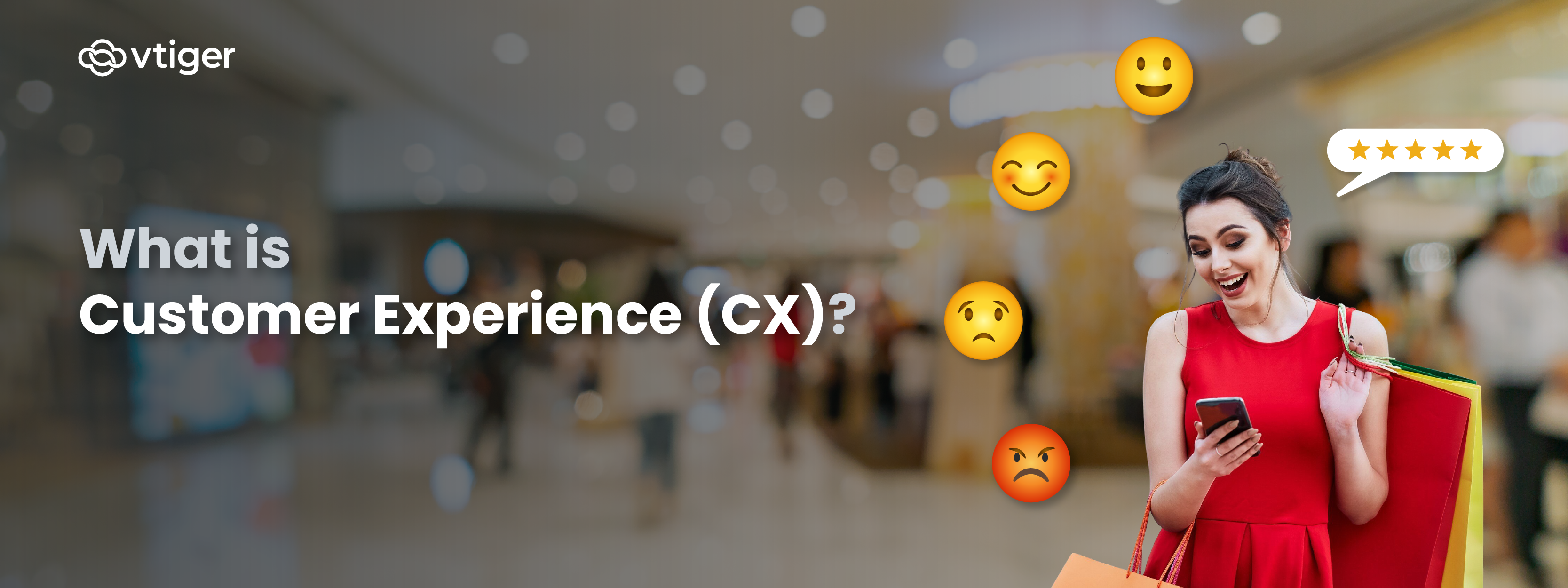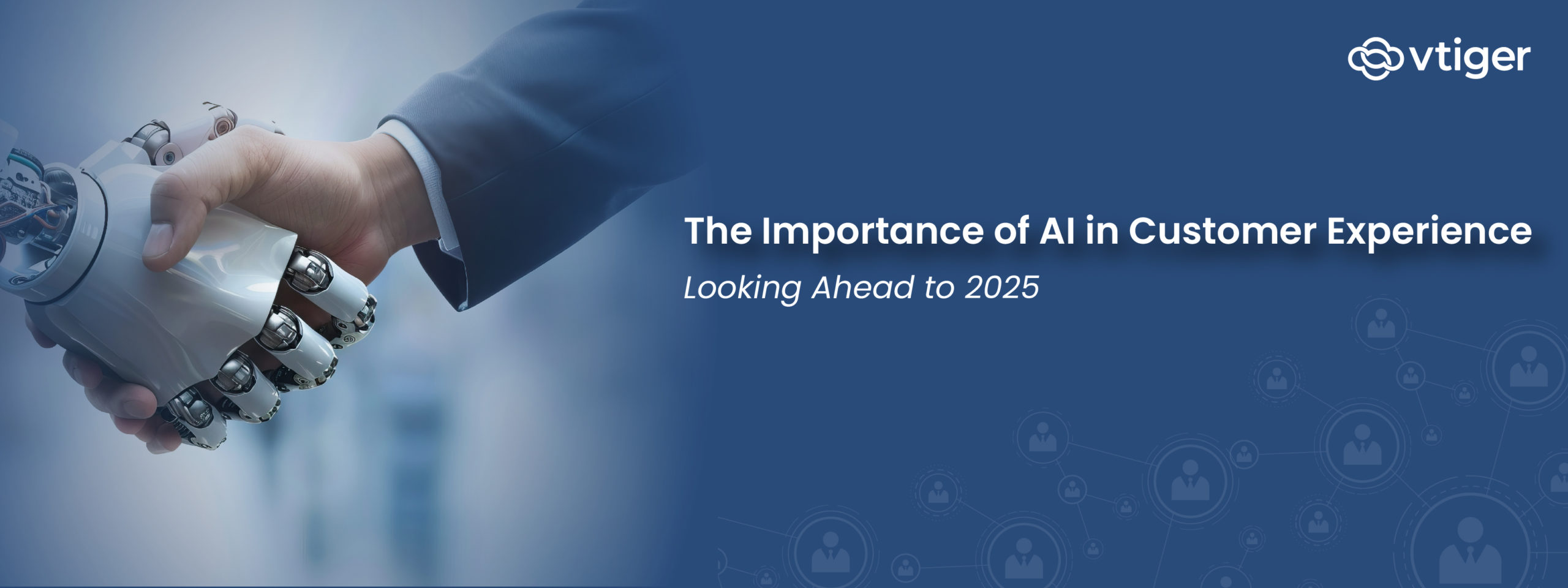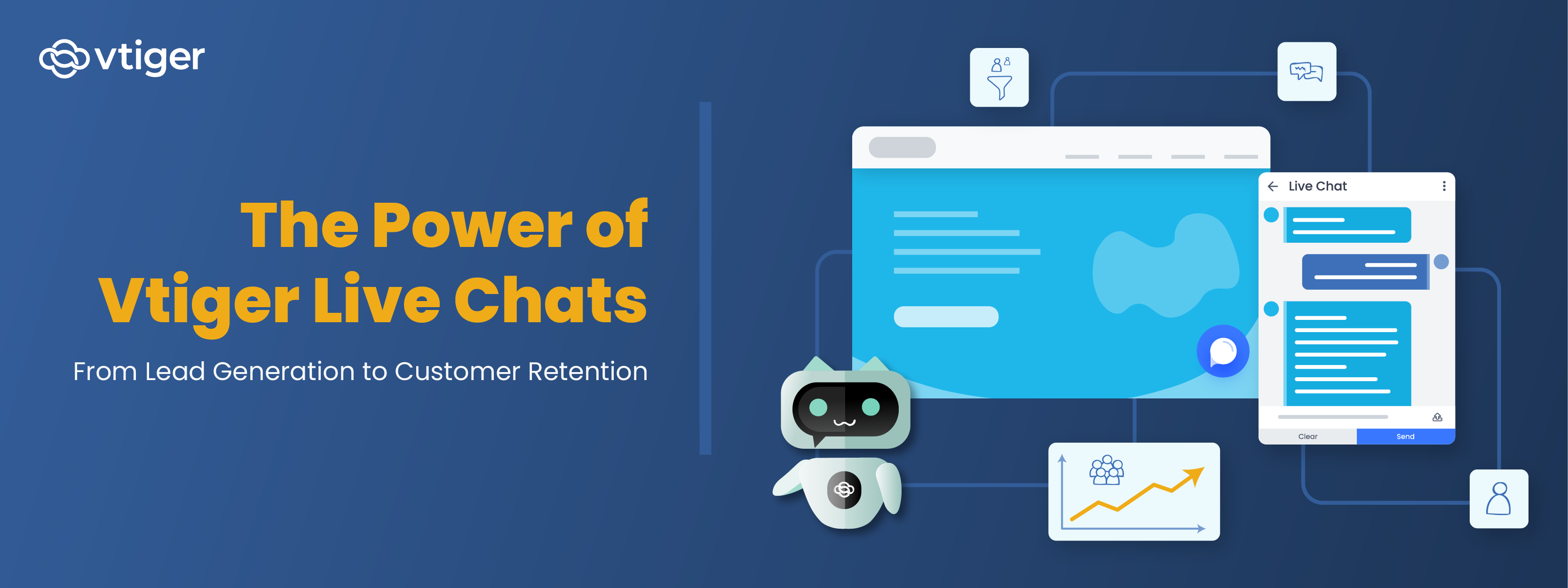Acquiring new customers remains the top marketing objective for more than 60% of B2B businesses in 2015. Meanwhile, customer retention programs often take a back seat. Econsultancy notes that businesses spend on average twice as much on acquiring new customers as they do on retaining existing customers. This failure to re-engage existing customers leads to a loss on as much as 150% in extra revenue and 600% in profit per customer, among other benefits.
Let’s take a look at why retaining existing customers can transform a business’s growth.
Acquiring new customers is expensive

Acquiring new customers costs a lot of time and money. The average business spends anywhere between $7 to $315 on marketing to acquire just one new customer. This consists of the actual spend on campaigns, plus time spent planning effective adwords, retargeting, social media initiatives. For most businesses, the probability that a new prospect makes a purchase is just 5-20%, putting the cost of generating an actual purchase between 5 and 20 times higher. By spending just 1/5th of that customer acquisition cost, however, businesses can generate a 60-70% chance of sale from an existing customer over their lifetime.
Return customers are worth more in revenue and profit

The average customer increases his or her spending with a company later in a relationship. According to a study by Bain, in the online retail industry, the average repeat customer spends 67% more per year, despite costing less to retain, just three years from their first purchase. By HBRs measures, some businesses can almost double profit by improving customer retention by just 5%.
Loyal customers help acquire new ones at a lower cost

Word-of-mouth marketing is the best marketing tool that a business can have. Bain notes that a second-time customer refers an average of 3 people and the number grows with increases with the number of repeat purchases.
Loyal customers are less sensitive to price changes
When customers grow loyal to your brand, they are less sensitive to price changes. Repeat customers are more likely to buy from you than the competition, even if business or market conditions force you to increase your prices.
Customer retention should be a business priority, rather than a convenience. When businesses compete for the same customers, strong customer relationships provide a competitive edge. Both CRM and helpdesk systems are powerful tools that give customer-facing employees a complete picture of customer needs and buying habits that help them deliver greater customer value. Stay tuned for our next article to learn how to use Vtiger CRM to improve relationships and build a loyal customer base.


